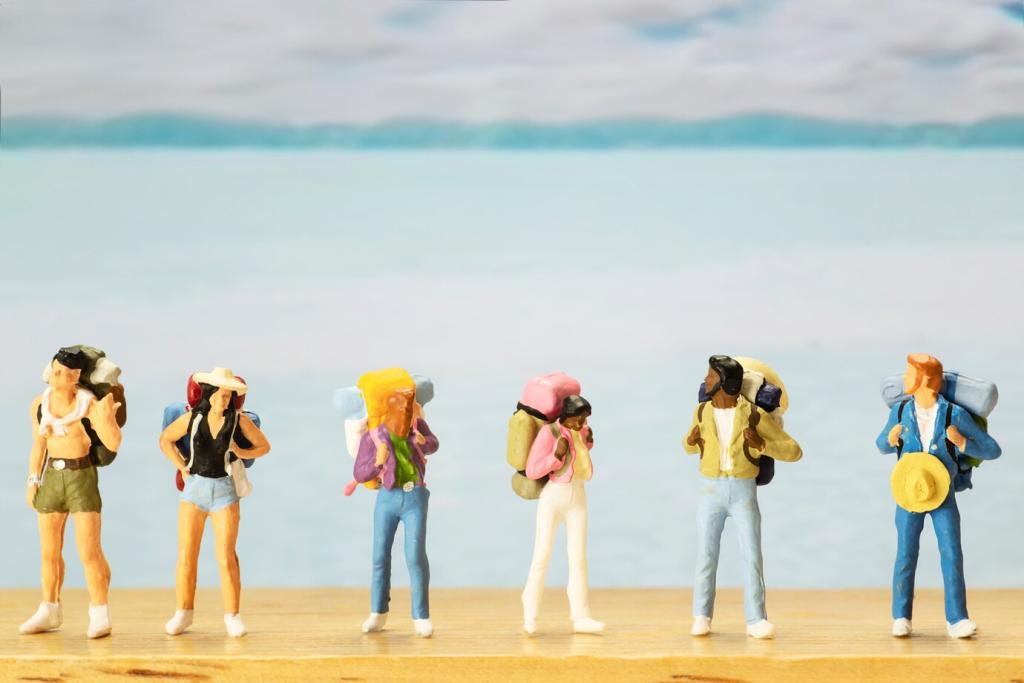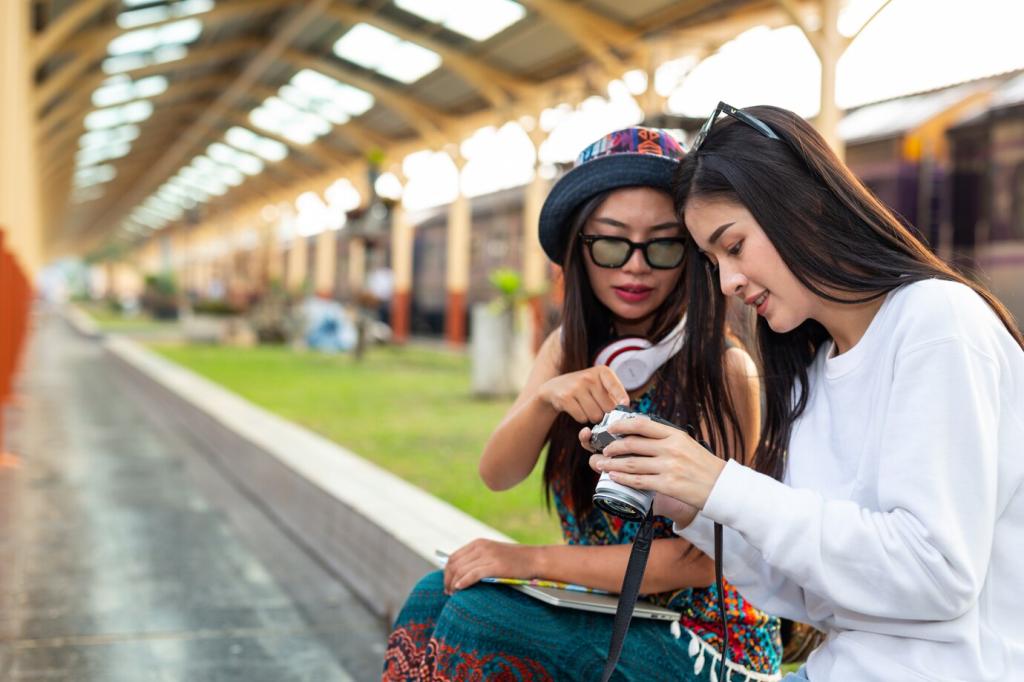
Cultural Exploration: Understanding Global Traditions
Delving into the vibrant expanse of world cultures provides a rewarding journey through time, place, and identity. As we explore global traditions, we not only witness the tapestry of human expression but also unlock deeper layers of understanding and respect for one another. This page guides you through the foundations, evolution, and significance of cultural exploration, illuminating how it enriches our perspectives and connects us across continents.
Foundations of Cultural Understanding
Tradition acts as a vital thread weaving together the social fabric of communities. Passed down across generations, traditions not only recall collective memories but also reinforce values, beliefs, and group identities. They serve to connect individuals with their heritage and provide a sense of belonging, often dictating social behavior and ceremonial practices. By understanding tradition, we grasp how societies maintain continuity in times of change, and how individuals find meaning in their cultural narratives. This rich context is essential for bridging different worldviews and fostering respect among diverse groups.

The Evolution of Traditions Across Time
Cultural Adaptation and Change
Globalization, migration, and technological advancement have all played pivotal roles in transforming cultural practices. As societies interact, they adopt, modify, or sometimes blend elements from neighboring traditions, leading to new expressions of cultural identity. This adaptive process can be seen in the evolution of languages, culinary fusions, or the reinterpretation of traditional festivals. While change can challenge established norms, it also breathes new life into cultural practices, ensuring their relevance for future generations. Observing these evolutions deepens our understanding of culture as a living, breathing phenomenon and teaches us to appreciate the creativity that emerges from cultural intersections.
Festivals: Continuity and Innovation
Festivals are among the most vivid expressions of cultural tradition, providing a platform for the repetition of ancient customs alongside contemporary innovations. Many festivals have transformed over centuries, adapting rituals, clothing, and food to reflect societal changes, while still preserving core symbolic elements. For example, harvest celebrations, religious commemorations, or new year’s festivities may introduce modern music, technology, or environmental awareness campaigns, blending the old with the new. Understanding how festivals evolve helps us see how communities maintain continuity with their past, even as they celebrate the possibilities of the present and future.
The Impact of Technology on Tradition
In the digital age, traditions face both challenges and opportunities from technology. Social media, online platforms, and mobile communication have revolutionized the way cultural practices are shared and preserved. Virtual festivals, online storytelling sessions, and digital archives enable wider participation and help keep traditions alive for younger, tech-savvy generations. However, there are also concerns about the commodification, misrepresentation, or dilution of tradition when it goes viral. By exploring this complex relationship, we grasp how technology can both enrich cultural heritage and pose ethical questions about authenticity and cultural ownership.
The Importance of Cross-Cultural Exchange
Language as a Gateway to Culture
Language is more than a tool for communication—it is a gateway into the mindset, history, and social structure of a culture. Learning a new language opens doors to understanding idioms, humor, rituals, and values that might otherwise be inaccessible. Through language, people connect with locals on a deeper level and gain authentic insights into everyday life. Cross-linguistic exchanges also promote linguistic diversity and empathy, empowering individuals to recognize the nuances of thought and expression that define various communities. By valuing and sharing languages, we foster inclusivity and global citizenship.
Cuisine and Culinary Traditions
Food is arguably one of the most visceral and joyful means of exploring culture. Culinary traditions express history, geography, climate, and beliefs, often serving as a key communal activity. Through sharing meals and discovering new flavors, people participate in rituals that shape identity and convey hospitality. Food-focused exchanges—through travel, cooking classes, or cultural festivals—highlight the interconnectedness of agricultural practices, trade, and migration in shaping global gastronomy. Such experiences help break down barriers, encourage curiosity, and inspire a more harmonious approach to diversity through the universal language of taste.
Artistic Expression and Cultural Identity
Music, dance, literature, and visual arts are potent forms of cultural expression that communicate the unique spirit of different communities. Artistic practices offer insights into the hopes, fears, triumphs, and daily realities of people around the world. Participating in or observing artistic traditions fosters appreciation for the creativity and innovation that flourish within cultural boundaries and often transcend them. Engaging with international art forms not only entertains but also educates, builds empathy, and strengthens the sense of shared humanity. Through such exchanges, we recognize art as both a reflection of and catalyst for cultural dialogue and growth.
